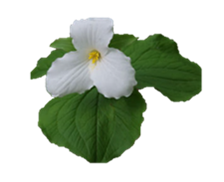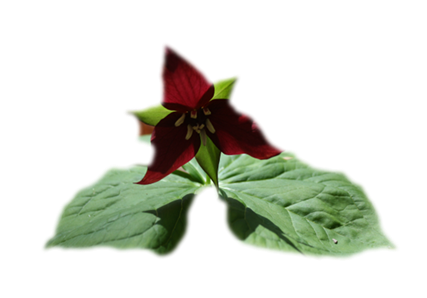Plant Identification Resources | Resources | |
| VSP,
as a comprehensive inventory and monitoring protocol, captures all
plant species within a fixed area / plot from common and less common native
species, non -native and weedy plants, invasive plants to speceis at risk (SAR). Proper plant identification is an integral part of inevntory and monitoring. There are several different resources available to help with proper plant identification. General Tips and Guidelines - Click for PDF version More plant ID resources |  | |
Do not assume identification. Even if you think you are sure, it is easy to misidentify many seemingly similar species (e.g. Green vs. White Ash). These mistakes become apparent once data analysis begins and species are cross referenced with others found in the same plot. Take time to do plant identification right the first time.
|
Download the Information Pamphlet (PDF): Vegetation Sampling Protocol Pamphlet Click below to visit: Lake Simcoe Watershed Natural Vegetation Cover Monitoring Program Webpage |
|
| VSP iNaturalist Project (Click Here) You can seek assistance and advice on plant identification
by joining the VSP iNaturalist Project. First, you need to sign up for an iNaturalist
account by going to iNaturalist.ca. Then click on “Follow” at the top right of the
above URL. The project page is now stored
in your "Projects" folder on your iNaturalist account. You will be added as users by the admin, and then
you can post plant photos on the VSP iNaturalist Project page. Only VSP crew members have their photos visible. Members post photos of unknown and/or known plants:
Make
sure that description contains information on Project Area (e.g. City Name), Plot ID (e.g. 1108), Unknown sp.
# (e.g. 1108-Carex1 or 1108-Plant1), and habitat (e.g. Cedar swamp). |
||
| Trusted Online Resources: Go Botany - New England Wild Flower Society (Click Here)
Ontario Wildflowers (Click Here)
Ontario Ferns (Click Here)
Minnesota Wildflowers (Click Here)
Michigan Flora Online (Click Here)
 |
||
